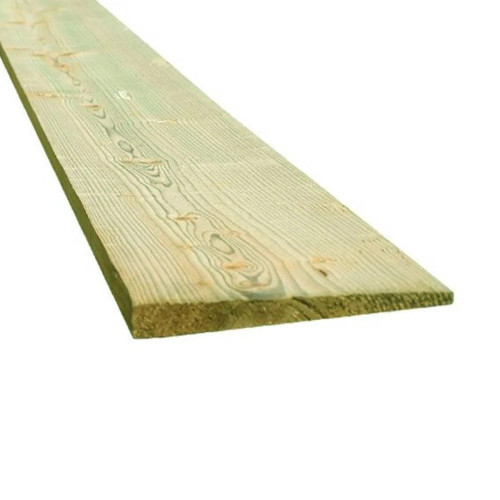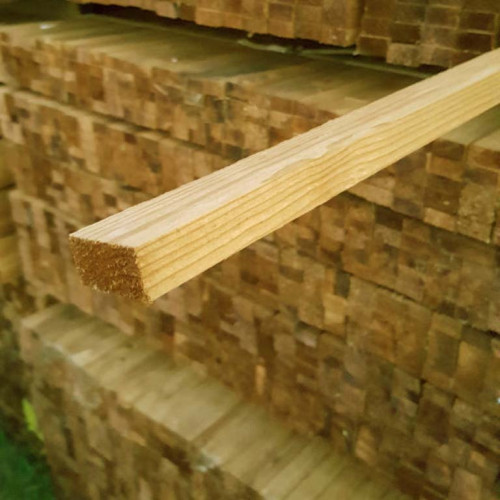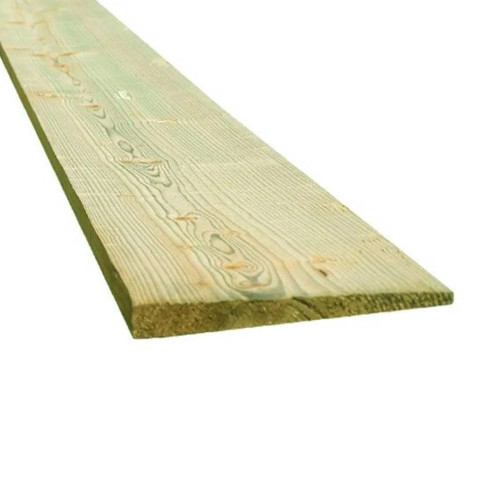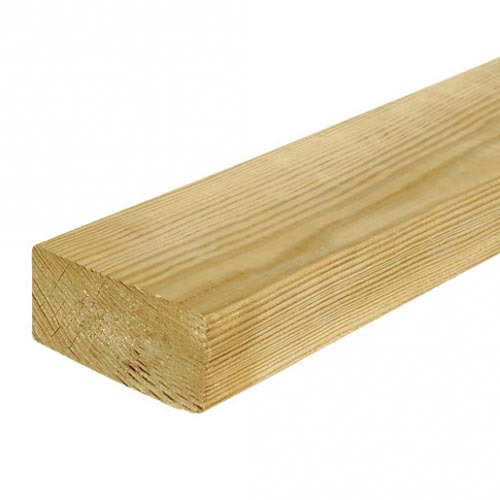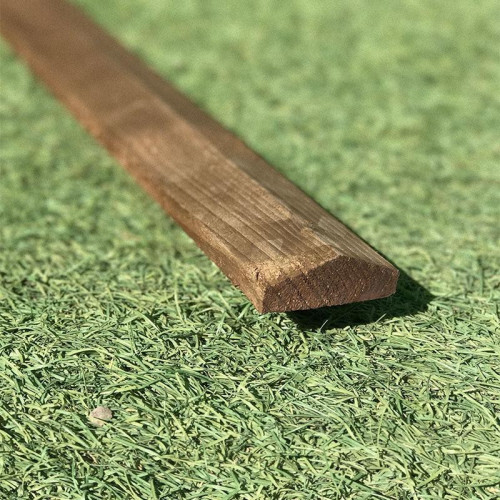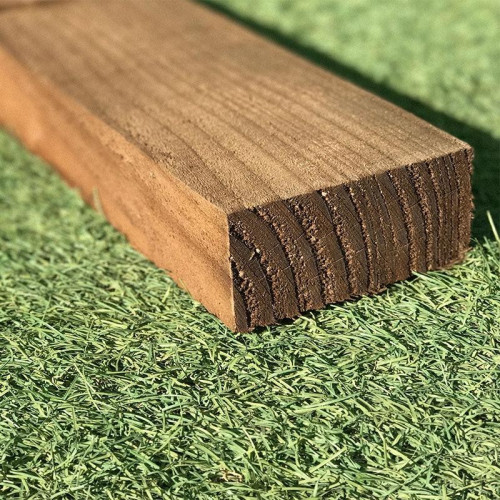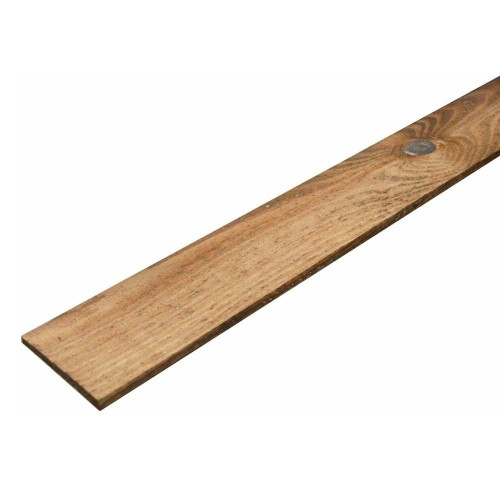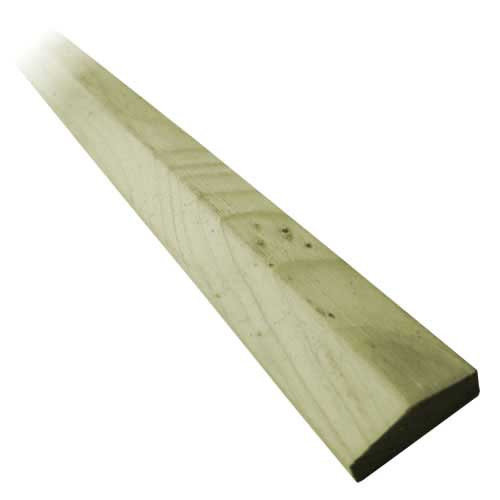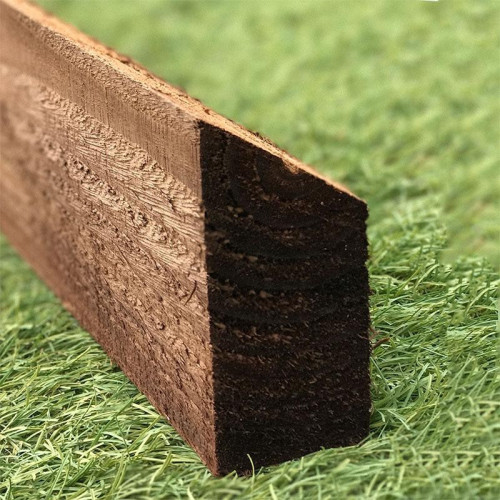Timber
Discover our curated selection of feather edge boards, an essential component for anyone looking to create or repair garden fencing. These timber boards, designed for durability and aesthetic appeal, ..
When it comes to using timber battens in your construction project, you want to be sure that you are choosing a quality product that will stand the test of time. Our 16x38mm timber battens are an exce..
C16 construction timber is specifically engineered for strength and durability, making it an ideal choice for garden fencing projects. Classified for its high-quality structural properties, this timbe..
When it comes to constructing a sturdy deck or outdoor structure, the right selection of building materials is crucial. One popular option that has become increasingly popular in recent years are squa..
Panel capping is an essential aspect of fence installation, ensuring that the top of the panels remains protected from moisture and weather. By fitting a panel cap, you help to preserve the integrity ..
Picket pales are an essential component of any fence. These slender, vertical boards come in a variety of styles, including round top and point top pales. They offer privacy and security by serving as..
Explore our selection of cant rails, designed specifically for garden fencing applications. In this category, you'll find high-quality timber products that serve as an essential component for creating..
Half round rails are a popular choice in the world of agricultural fencing. Their sturdy and durable construction makes them an ideal solution for enclosing livestock and other animals while also prov..












